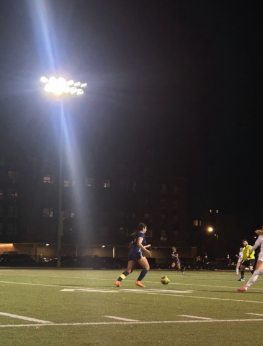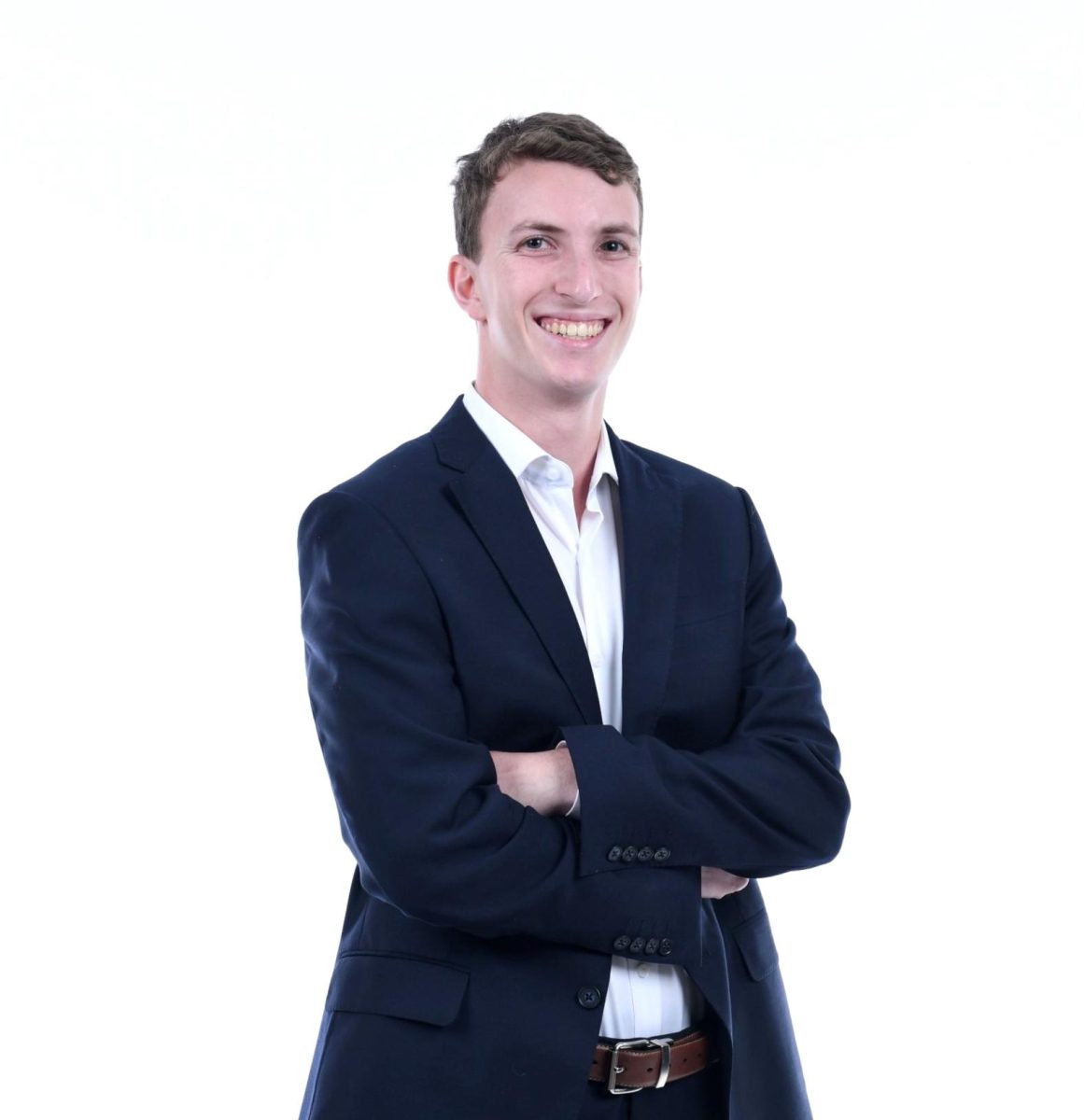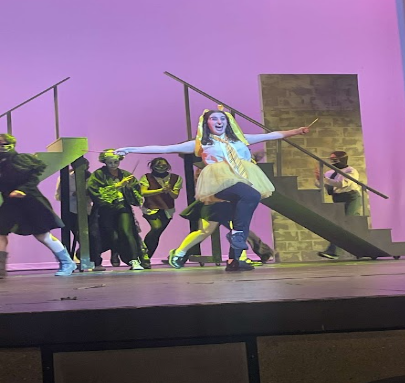I have existed in the space between presence and oblivion more times than worth mentioning; the disturbed stupor my flare-ups send me into, a clouded haze of mental fog and sharp, aching pain. The time between them ranges from days to months, every break a blessed reprieve that is enough to forget the reality of my condition. However, I cannot escape the inevitable – no matter how many times I gaslight myself into believing that I am completely fine, it always returns—every dull stiffness of a joint acting as the harbinger of a stretch of weeks stolen from my life.
When I was 7 years old, I was diagnosed with CRMO, Chronic Recurrent Multifocal Osteomyelitis, after one unnecessary bone biopsy, multiple spinal taps, countless blood tests, and a two-week hospital stay. Essentially, this means that the parts of my body that protect the bones attack joints, causing inflammation, which then leads to the deterioration of the targeted bones (in my case, my ankles and knees, and later my collarbone, shoulder, and back). It initially started after a sprained ankle in my ballet class, which never seemed to heal; instead, after nearly a month, my pain had not abated but worsened.
The catalyst was when I went to pick up my younger sister from preschool one day with my mother. On the way back to the car, I could not put any weight on my ankle, hopping from the door to the parking lot. My mom, despite my obvious protest, rushed me to the ER, where we waited for hours into the night. A doctor finally saw me around midnight. We went X-ray to X-ray—all inconclusive—until they decided to administer a blood test and kept me in the hospital overnight.
The next day, my surgeon woke me up with words I will never forget.
“We think it could be a bone infection, or potentially leukemia.”
I was rushed into surgery that same day, terrified as I watched the world fade into black as the anesthesia kicked in.
The next day came with grogginess and a lack of revelation- the bone biopsy and spinal taps administered during my surgery came back inconclusive, clean of both infection and cancer. I am seemingly all clear, but the pain continued, followed with intense fatigue, dizziness, constant fainting and fever.
The aftermath consisted of a swirl of questions, endless confusion. Neither internet searches nor my medical team seemed to yield any results, though my mom had begun to push for investigating a possible rheumatological (bone and joint) issue. Eventually, after nearly two weeks of my mom constantly advocating for me, my medical team finally brought someone to see me—a rheumatology specialist who diagnosed me with CRMO on that same day. From there, the ‘treatment’ journey began.
With CRMO, inflammation is treated with heavy doses of anti-inflammatory medications and painkillers, things that I learned to hate early on due to the intense side effects I experience while on them. I knew as soon as I started the regular cocktail of medication that it would not be sustainable. While the medication helped my pain during flares, it numbed me emotionally and left me constantly exhausted, barely functioning and floating through middle school with abysmal grades.
I spent the following years after my diagnoses trying everything to avoid flare-ups and the destruction they caused, mentally and physically. I dieted endlessly, not even touching sugar or gluten until I was 13 due to the inflammation they caused in my body. I quit sports because of the stress they caused on my joints, leading to more flare-ups. I gott blood panels every month, an MRI every year. I waited. And waited. I waited for the end, to either “grow out of it” as the doctors said is a chance or reach the point where my joints would be too unstable to function properly.
Freshman year, my symptoms reached their peak, flare-up after flare-up crushing me under the weight of coursework and constant testing and complete newness. I learnt to mask my symptoms as well as I could, never complain about the pain, and laugh off the daily tardies as disorganization rather than physically struggling to get out of bed. The mental fog followed me like a ruinous specter, extreme fatigue leading me to go to sleep right after school rather than complete homework. I began to live within books, within my poetry, as a desperate effort to escape. I missed nearly 10% of the school year.
It was only recently in my sophomore year when my outlook started to change. The number of my flare-ups have lessened as I have learned to take care of myself and avoid the things that trigger them; I have sacrificed so much in this lengthy process of trial and error, but at the same time started to understand more than I ever have before.
Swinging between ‘normalcy’ and the depths of a flare has deeply affected my high school experience in many ways, neither totally negative nor positive. I learned how to advocate for myself through the recurring lack of support. I learned resiliency, how to push myself to do what I am capable of rather than what I am comfortable with. I’ve lost friends who couldn’t stick with me through the days of numbness and gained those who care enough to sit in silent togetherness. I learned to appreciate how lucky I am to be able to live at times without any pain whatsoever, at full physical capacity, which so many other people with chronic illness are unable to do.
To believe that I could die so young was a feeling I will never forget. The possibility for a future that before then had stretched out before me, never-ending, to be snuffed out in a single sentence is something that shaped the way I view life itself. I know joy because I have known pain; the feeling of finally running or dancing after being bedridden for days is something unmatched, something that I am deeply grateful for having experienced. There may be a day in the future where I am unable to walk—so in the meantime, all I can do is continue taking steps forward.




